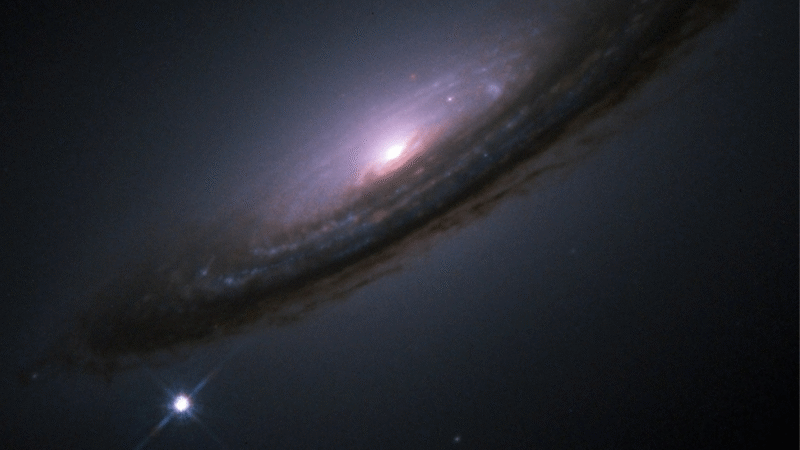Top Highlights
-
Dark Energy Weakening: New research based on the largest catalog of Type 1a supernovas suggests that dark energy, which constitutes about 70% of the universe, may be weakening, challenging the standard cosmological model.
-
Supernova Insights: Type 1a supernovas serve as reliable cosmic measuring tools; their uniform light output allows astronomers to compute the universe’s expansion rate, highlighting evolving behavior in dark energy.
-
Groundbreaking Dataset: The Union3 dataset, comprising 2,087 supernovas over 7 billion years, offers compelling evidence that dark energy’s properties may not be constant, supporting earlier findings from the Dark Energy Spectroscopic Instrument (DESI).
- Future Research Directions: The ongoing study will expand with new datasets, including high-redshift supernovas, promising more precise measurements and insights into dark energy’s role in the universe’s fate.
New Insights from the Largest Supernova Catalog Reveal Changes in Dark Energy
Scientists have unveiled significant findings from the largest catalog of Type 1a supernovas ever compiled. This exciting research suggests dark energy, the mysterious force accelerating the universe’s expansion, may not be constant as once thought.
The newly released dataset, named Union3, contains 2,087 supernovas spanning 7 billion years of cosmic history. This collection builds on earlier research conducted by the Dark Energy Spectroscopic Instrument, which hinted that dark energy might be weakening.
Previously, scientists believed dark energy, making up about 70% of the universe, remained steady over time. However, findings from Union3 point toward a shift in this understanding. As lead researcher David Rubin stated, if dark energy continues to weaken, this could slow the universe’s expansion, leading to questions about its ultimate fate.
Type 1a supernovas serve as reliable measurement tools for astronomers due to their consistent brightness. By analyzing the light emitted from these explosions, researchers can glean insights into how quickly the universe expands, aiding in the study of dark energy.
While the results from Union3 align with earlier findings, researchers urge caution. They remain focused on acquiring more data to confirm these trends. Saul Perlmutter, a member of the research team, highlighted the importance of precision in scientific study. Both he and his colleagues are eager to further refine their measurements.
In the coming year, the dataset will grow even larger, incorporating additional, high- and low-redshift supernovas. This expansion will improve the accuracy and deepen the understanding of dark energy’s behavior over time. The Vera C. Rubin Observatory is also set to play a crucial role in discovering even more Type 1a supernovas, potentially reaching up to 1 million during its ten-year survey.
As scientists continue to explore dark energy’s complexities, advancements in technology remain vital. The ongoing research has the potential to shape future scientific inquiries and enhance our understanding of the universe.
Continue Your Tech Journey
Dive deeper into the world of Cryptocurrency and its impact on global finance.
Explore past and present digital transformations on the Internet Archive.
SciV1

